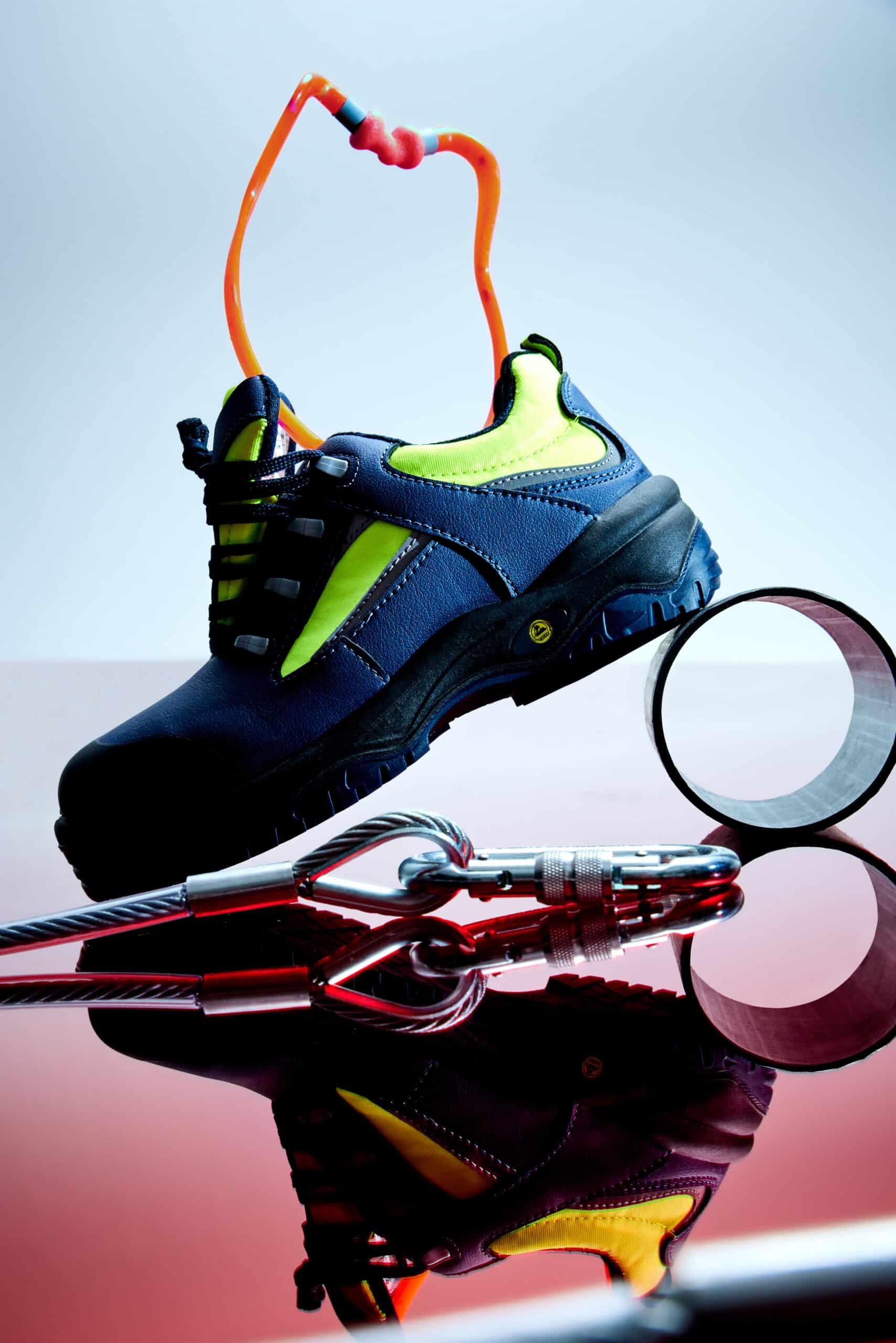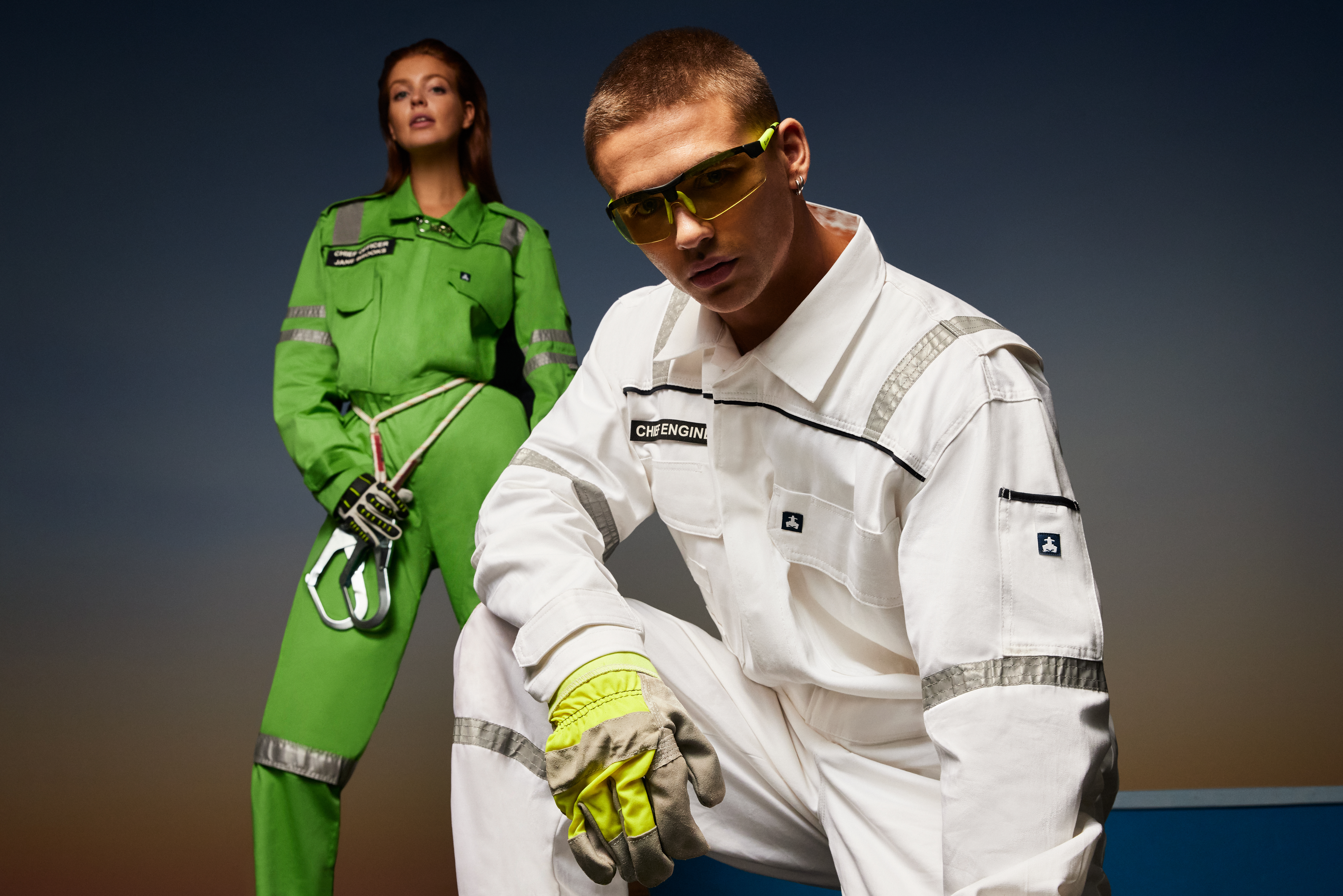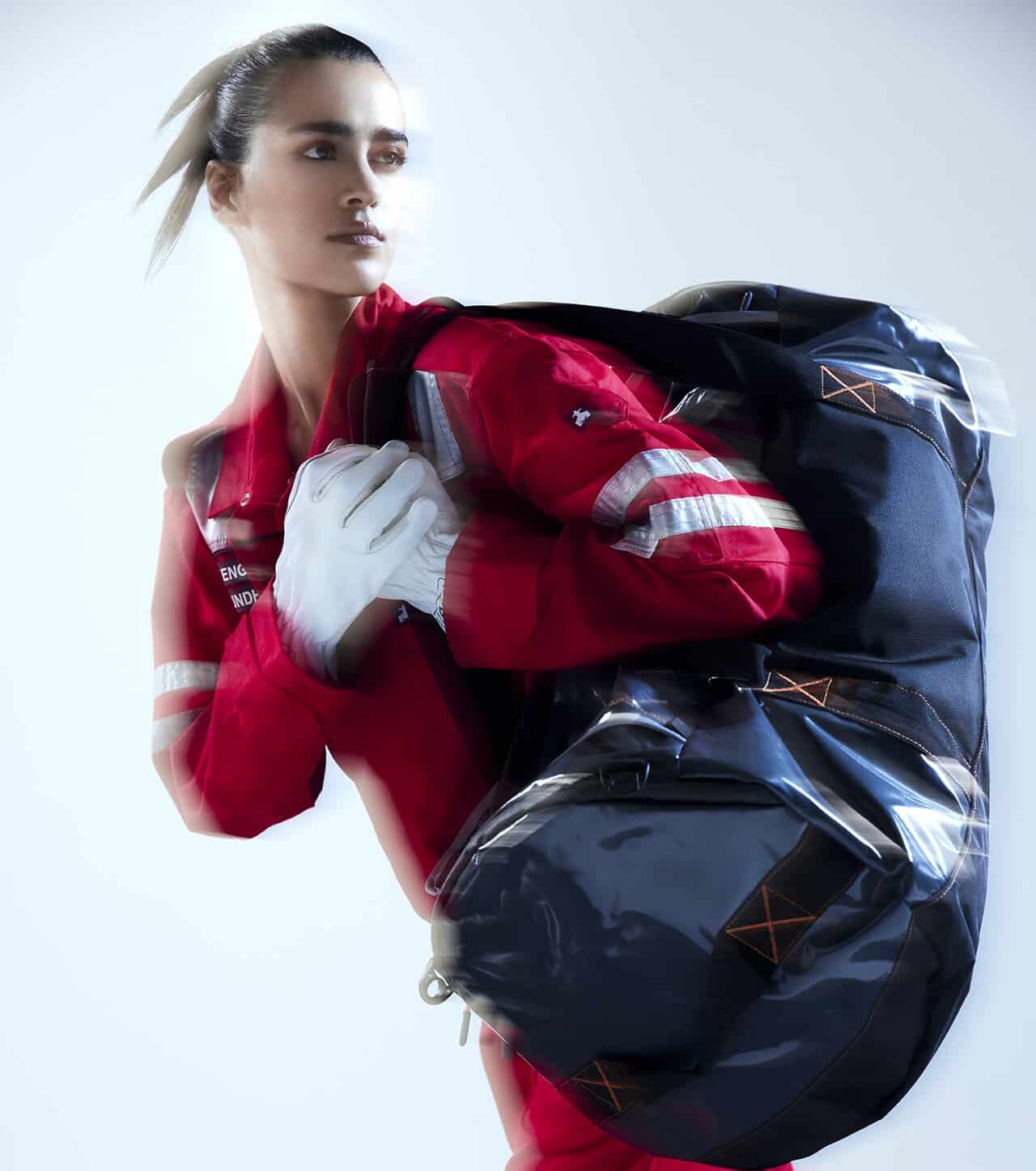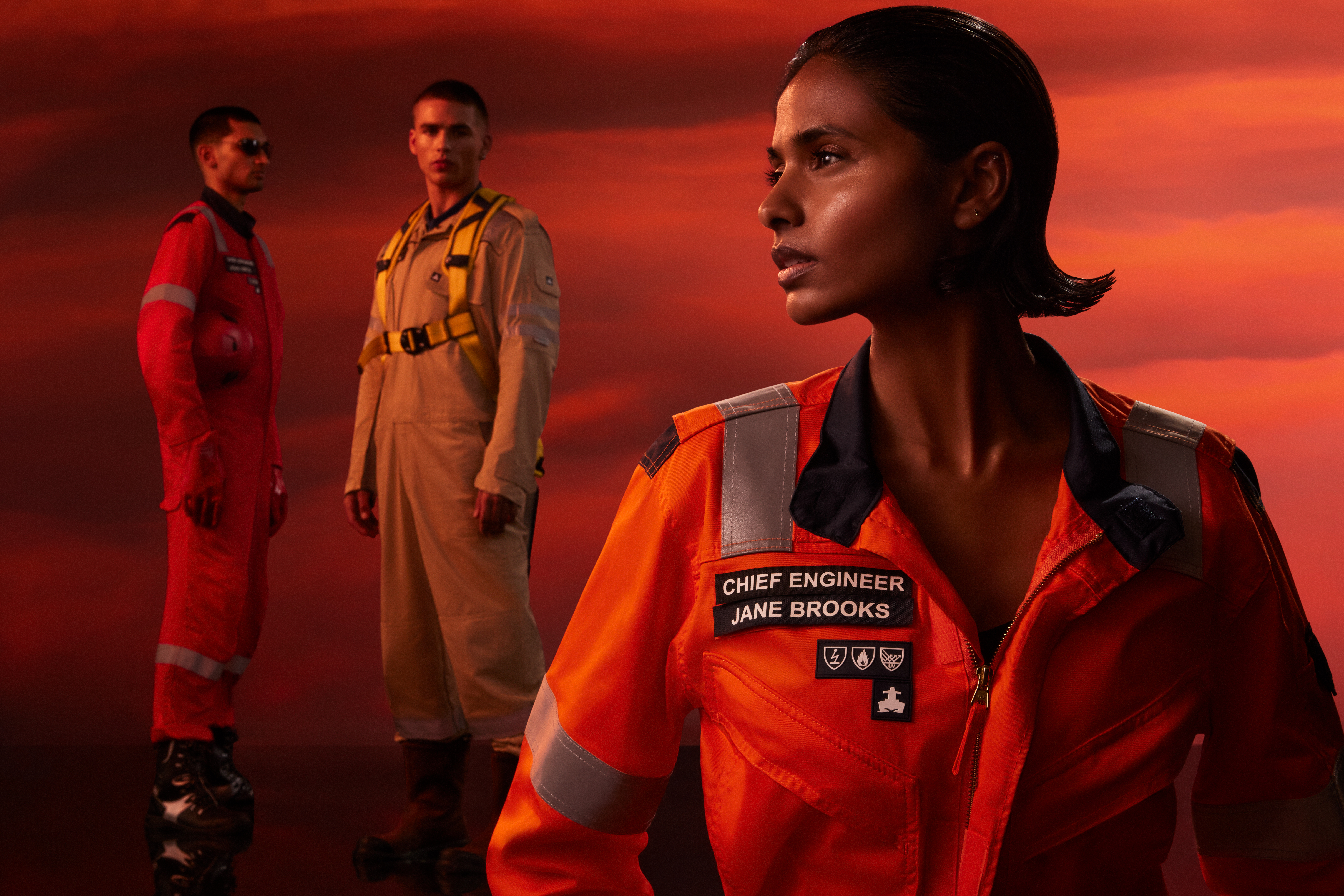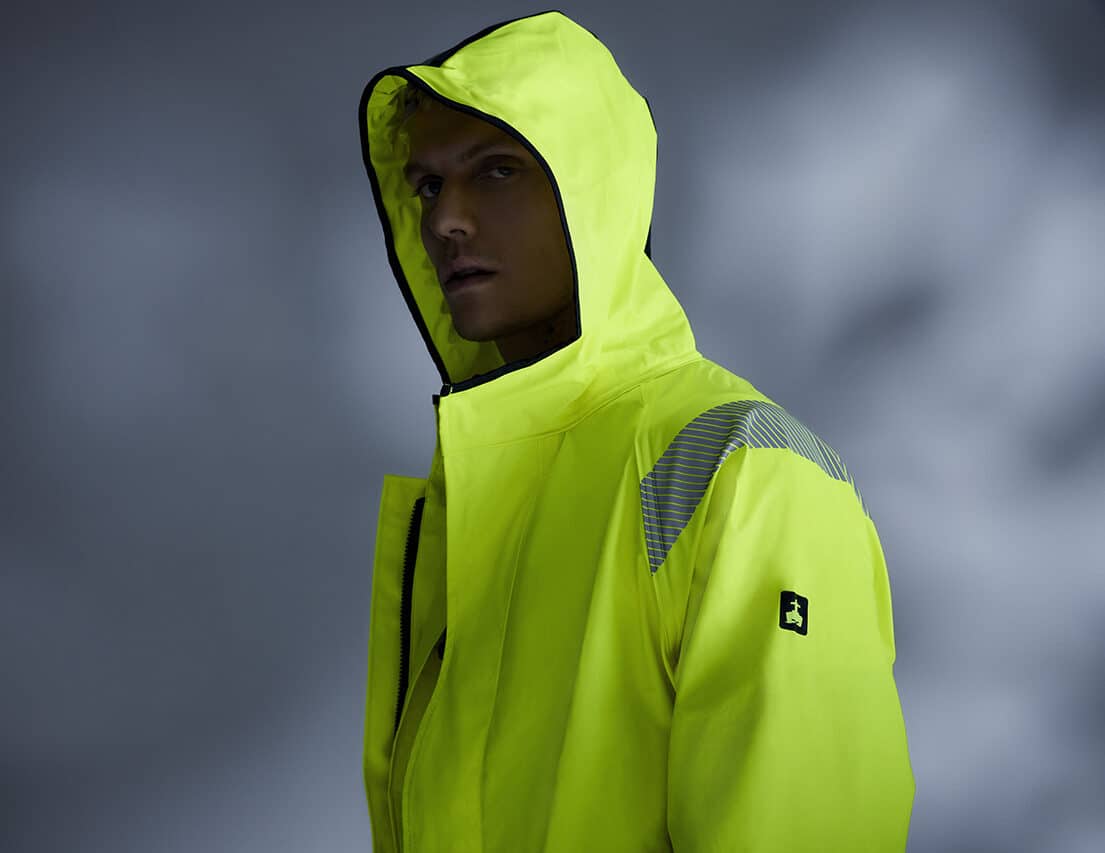Filter
Availability
Category
Color
Price
Features
Norms and standards
Coveralls
When are coveralls used?
Coveralls cover the entire body from the ankles to the wrists. Some coveralls are designed for specific (weather) situations and so have additional features. Like a hood for a coverall that is designed for wet weather. Although people wear coveralls for different reasons they are always sturdy enough to protect the wearer from the dangers and rigors of the working environment. Since coveralls are protective garments, they usually come in colours that don’t show up dirt, like blue, dark green or red – but Scandia offers a variety of different colours fit for any maritime or offshore job.
Professionals who use coveralls
The maritime and offshore sector is diverse, so coveralls have to satisfy all kinds of different expectations and safety requirements. Flight suits and firefighting gear are made from flame resistant materials and are heavily lined to protect the wearer against the high temperatures of a fire. Other coveralls are waterproof for maritime and offshore work environments where water plays a significant role. But coveralls do not necessarily have to be so specifically designed for a particular job. Some simply have reinforced knees to help people who bend and kneel a lot during the day. Construction workers may wear bright colours to make them more visible on an operational site. Whatever the case: most coveralls are covered in straps and pockets for attaching the necessary tools of the trade.
What to look out for when buying coveralls
Your job requires you to wear a coverall. But you are not quite sure what to look out for when picking a coverall that meets both your and your employer’s requirements. Firstly, when trying on different kinds of coveralls the buyer should wear clothing that would be usually worn to work. Even when wearing your working clothes, the coverall should have a loose fit that allows for a wide range of movement without wrinkling or obstructing the wearer’s movements in any way possible. So they should not sag or be too baggy, which would increase the risk of snagging on equipment.
Even though most coveralls are not meant to be a style statement, at Scandia we believe that you should be able to do your work safely without compromising on the way you look. But before you buy a pair, ask your employer if they provide you with a coverall as some companies do.
Standards and certifications
EN ISO 13688
Or ‘EN ISO 13688 Protective Clothing – General Requirements’ in full is the standard that specifies general performance requirements. The requirements are based on ergonomics, innocuousness, size designation, aging, compatibility, and marking of protective clothing. The information will be provided by the manufacturer and should come with the specific item.
All protective coveralls and workwear covered by EN ISO 13688 standard must meet the following requirements:
- The coveralls and workwear, when worn correctly, covers and protects the body correctly;
- The design focuses on functionality and comfort of use;
- The fabrics used won’t fade easily, are dimensionally stable, durable, strong and washable. In addition the fabric should be able to withstand normal working conditions as is to be expected;
- Size labels within the coveralls and workwear indicate the dimensions, composition of the fabric, washing instructions, the applicable standards and other information relevant to the wearer;
- The sizing is based on body measurements, measured according to European sizing.
CE marking
The CE marking that can be found on many products indicates that the product complies with the applicable rules within the European Economic Area. CE stands for Conformité Européenne, which means in accordance with European regulations.

Do you need advice?
Don’t hesitate to contact us!
Send an email
inquiries@scandiagear.com
